|
The River Danube, named after the Celtic or Scythian Mother Goddess Danu, goes by several other names. The Greeks knew it as the Istros (meaning 'strong, swift'), the Phrygians as the Matoas (bringer of luck), the Mongolians as the Thona. After the Volga in Russia, the Danube is the second longest river in Europe, running through ten modern countries. 2,000 years ago, it was established as the northern frontier of the Roman Empire. As such, it effectively shaped and defined the empire, and remained as the edge of the realm (give or take a few periods of further conquest and enemy invasion) all the way through late antiquity and on into the 'Byzantine' period. As such, the southern banks were studded with forts, watchtowers and river ports. The late Roman Army established a particular class of soldiery to guard this frontier: the limitanei ripenses, meaning 'the soldiers on the riverbank'. Skilled scouts, skirmishers and boatswains, these troops were the first line of defence against threats from the wild north, also known as 'barbaricum'. Their job was to watch for attacks and repel them if they could. If the attack proved to strong they would instead do their best to contain the enemy while raising the alarm and summoning the heavy troopers and cavalry of the closest field army (a central reserve) to the scene. The Danube was not only a naturally defensible barrier, but also a highway for trade ships, carrying amber, wine, furs, livestock, spices and silks and much much more to and fro between Western Europe and the Black Sea. It was, and remains, a provider too, replete with carp, sturgeon, salmon and trout. A few species of euryhaline fish, such as European seabass, mullet, and eel, inhabit the Danube Delta and the lower portion of the river. At various times, a number of bridges spanned the river - some of stone, some of wood, and sometimes temporary pontoon bridges made of strapped together boats. One of the most famous bridges was that built by Emperor Trajan (see image, below). Built in the 2nd century AD to allow his troops to cross onto the northern banks and make war with the Dacians, it remained in place for over 160 years, before falling into disrepair. Piers from the bridge still remain in situ today. Sometimes it suited the Romans to have easy access across the river and back... sometimes it definitely did not. For example, come the late 4th century AD, the Huns descended from the Eurasian steppe, they drove before them countless terrified Germanic and Scythian tribes. Had it not been for the Danube - by then (perhaps deliberately) bridgeless - the tribes could have spilled unchecked into the empire, no doubt quickly followed by their Hunnic pursuers. Instead, the broad waters of the Danube served as an impassable barrier, allowing the Romans to negotiate with and prudently admit tribes on terms that would be beneficial for both parties. That was the theory, at least... because when the Thervingi Goths were permitted to cross into Roman Thracia, greedy imperial officials abused and profiteered from the refugees, triggering the ruinous Gothic War - a 'domino' event that started with Emperor Valens being slain in battle and would one day lead to the sack of Rome itself.
0 Comments
Leave a Reply. |
AuthorGordon Doherty: writer, history fan, explorer. My Latest BookArchives
March 2023
Categories |
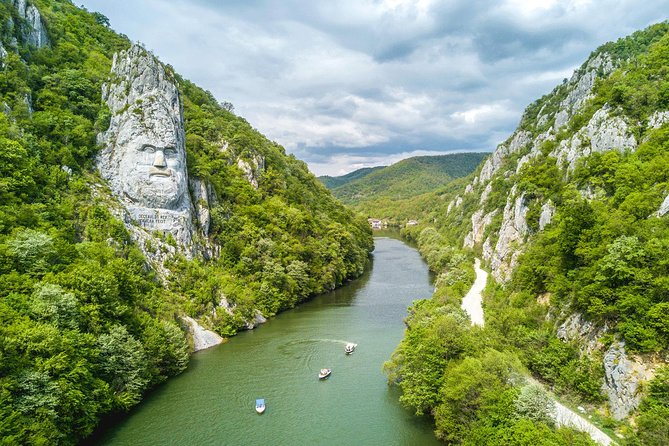
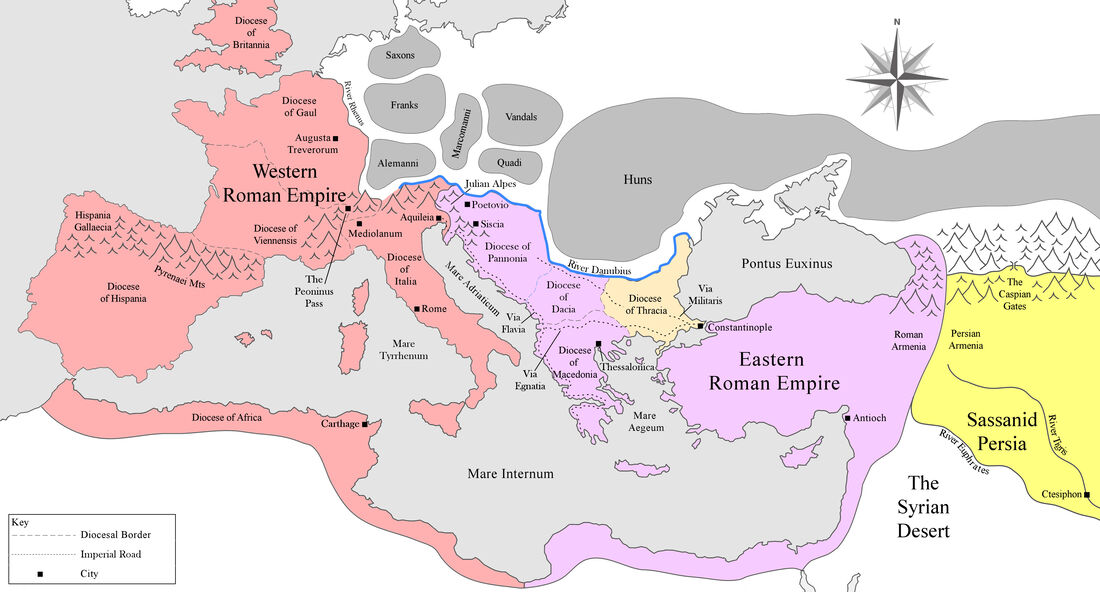
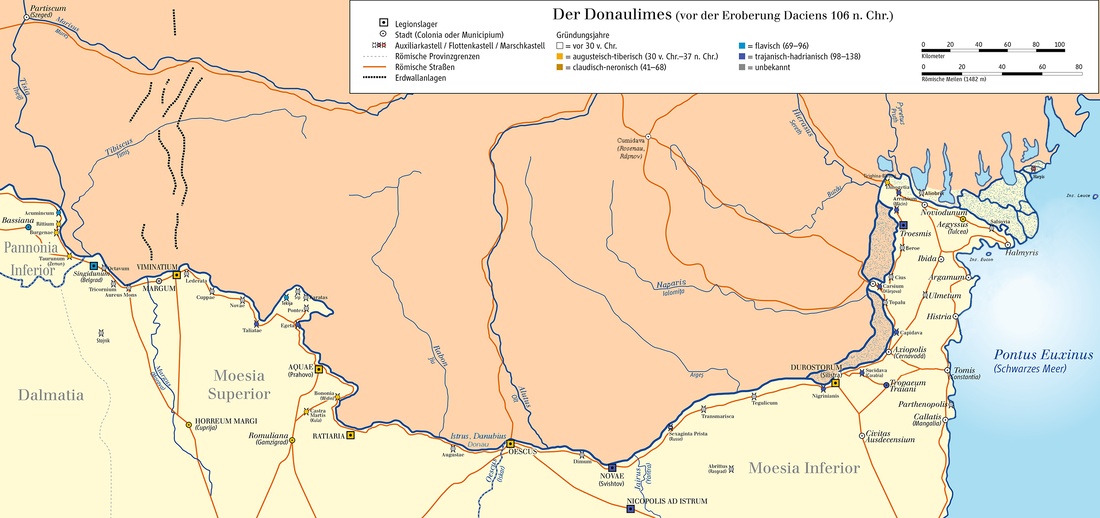
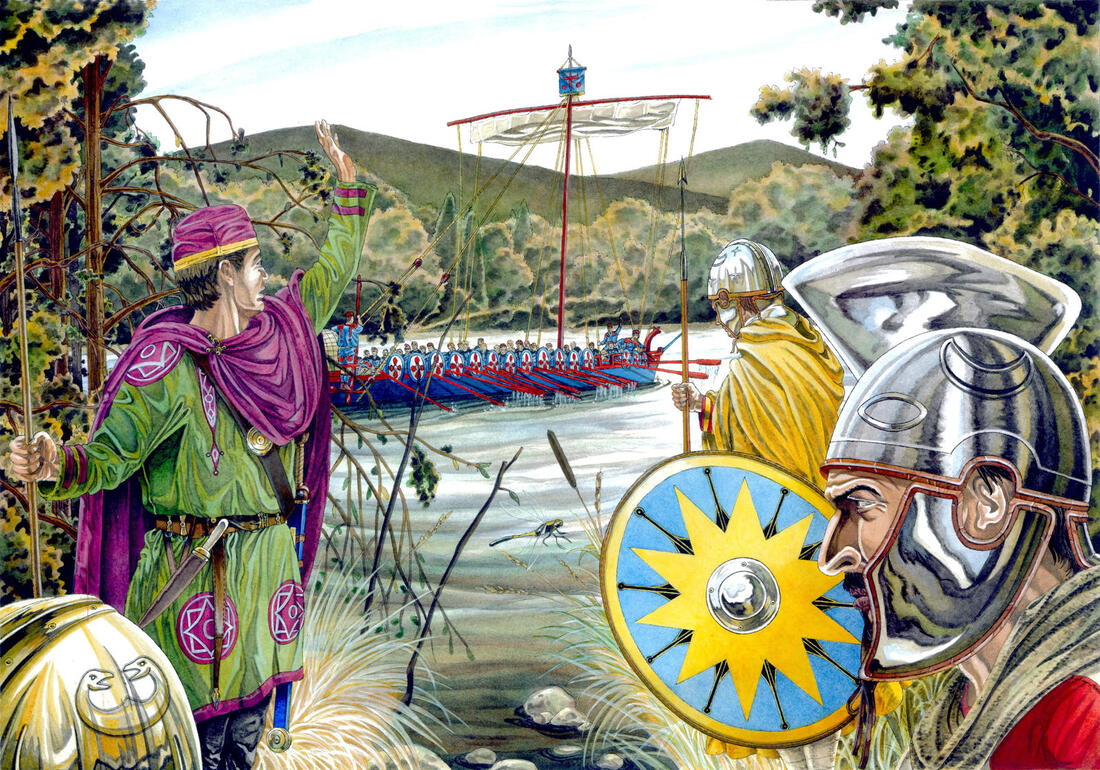
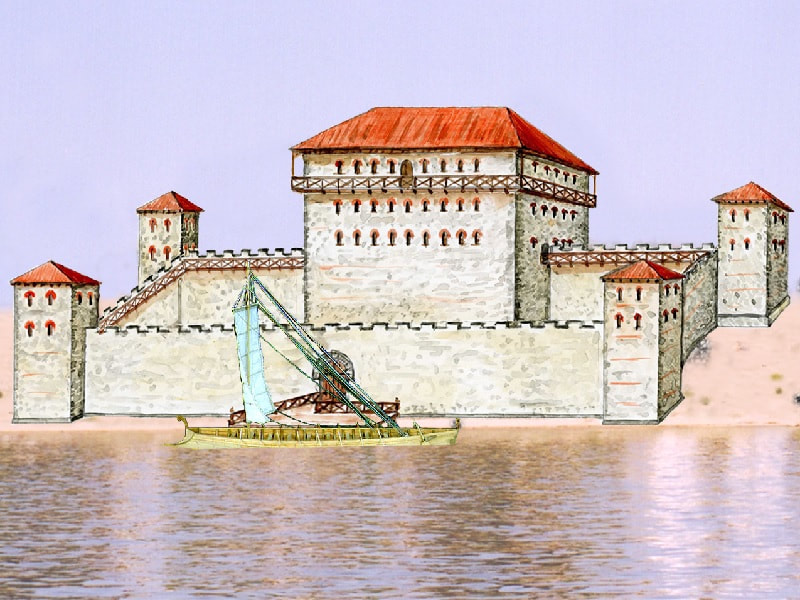
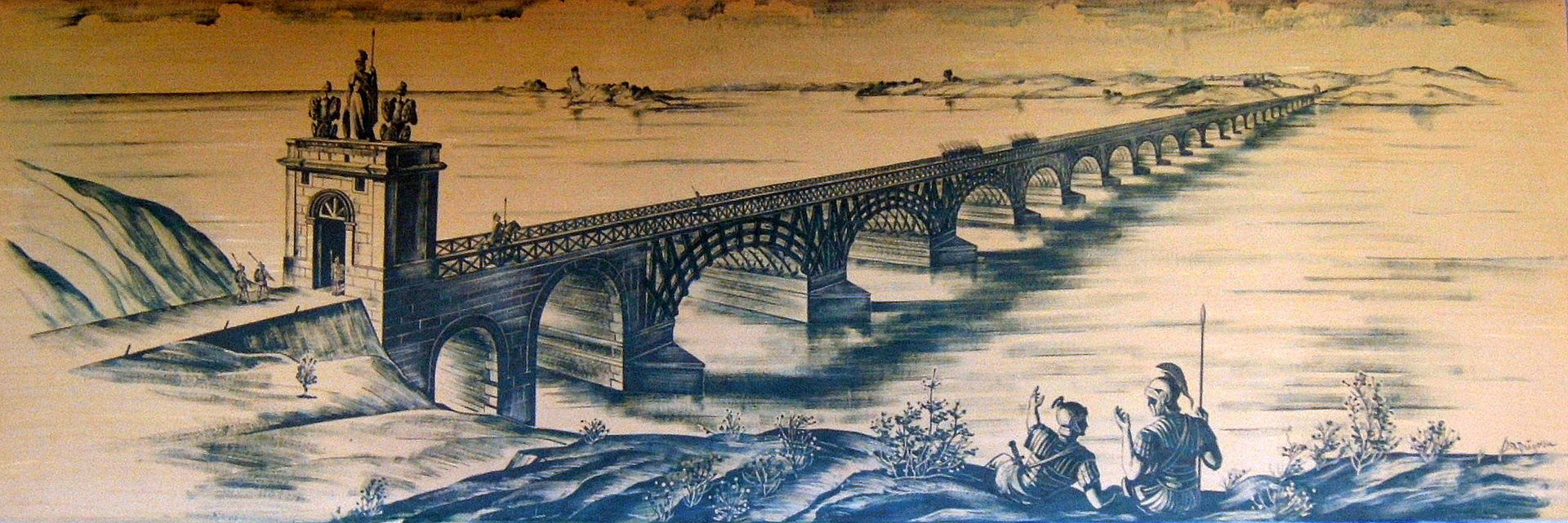
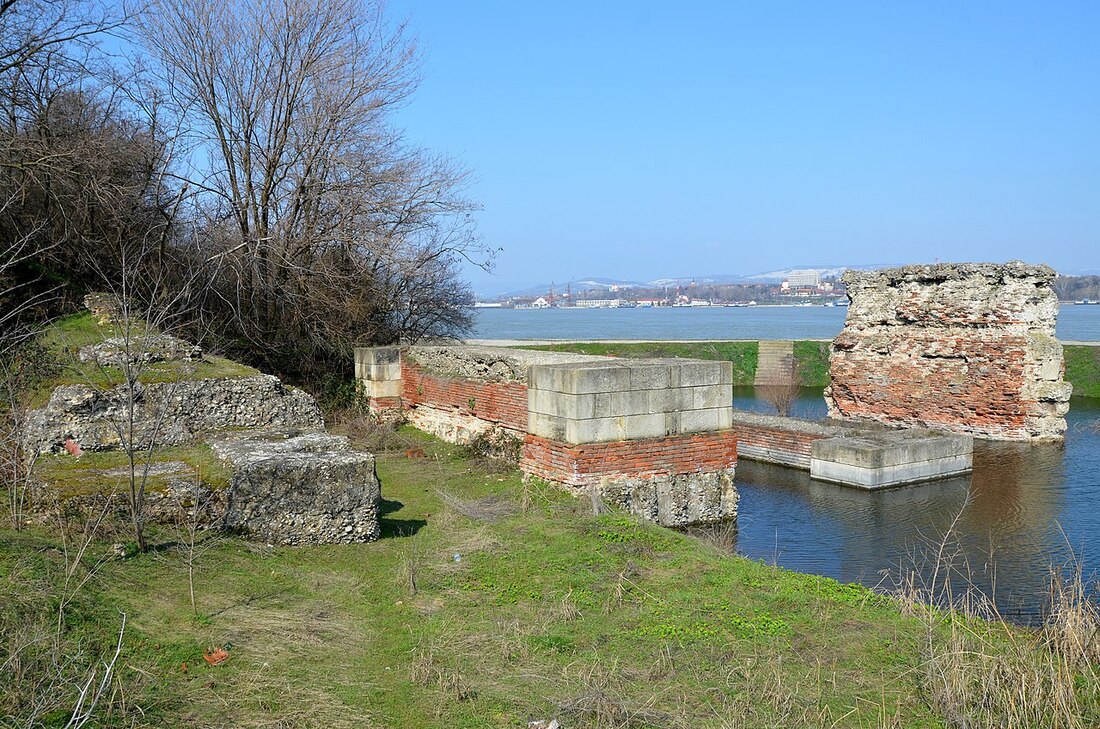
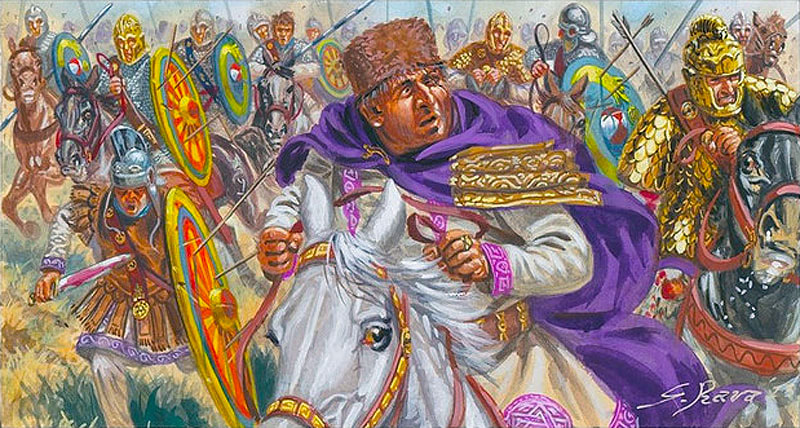



 RSS Feed
RSS Feed